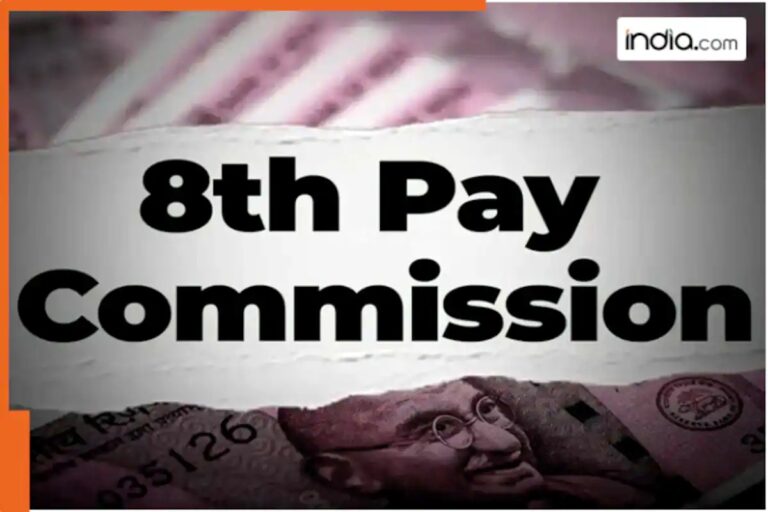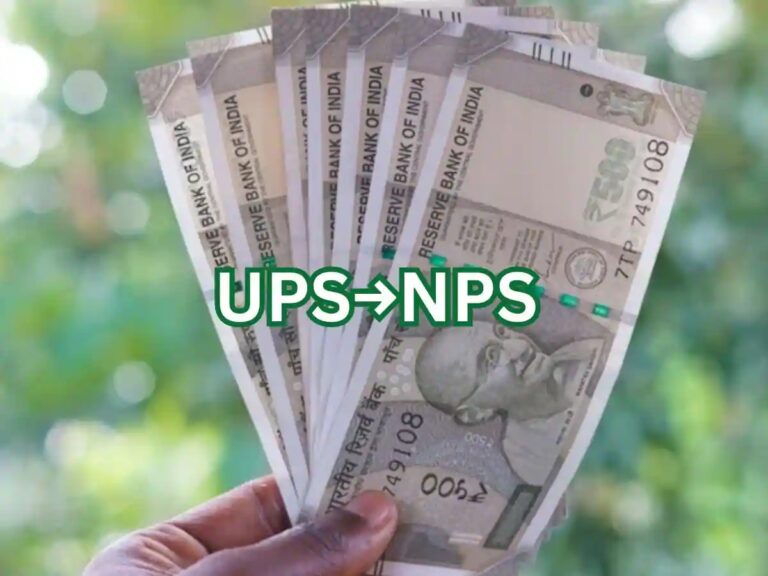
UPS Faces Low Adoption, Sparks Debate Over Pension Reforms
The Indian government is reevaluating the Unified Pension Scheme (UPS), introduced to merge features of the National Pension System (NPS) with elements of the old pension model, after limited uptake among central government employees. Launched on April 1, 2025, the UPS aimed to provide assured pensions akin to the previous system while retaining market-linked flexibility. However, the scheme has failed to attract significant interest, prompting officials to extend the subscription deadline to September 30, 2025. With only 1.35% of NPS subscribers opting for UPS as of July 20, 2025, the government is exploring potential modifications to enhance its appeal. Analysts suggest that the lukewarm response may stem from employees’ preference for the NPS’s tax benefits and flexibility, leaving officials to balance political pressures with practical considerations.
Eligibility and Benefits: A Closer Look at UPS Framework
Finance Minister Nirmala Sitharaman clarified during a Lok Sabha session that the UPS is designed exclusively for central government employees under the NPS, with no plans to expand benefits to other sectors. She highlighted that 25,756 retired employees are currently eligible for additional perks under the scheme, defined as those who retired or passed away before March 31, 2025, with at least 10 years of service. The UPS also extends retirement and death gratuity provisions from the Central Civil Service (Payment of Gratuity) Rules, 2021, while offering tax benefits aligned with the Income Tax Act, 1961. These measures aim to broaden coverage for subscribers, though the scheme’s limited adoption raises questions about its effectiveness in addressing employee concerns.
Administrative Details and Processing Metrics
As of July 20, 2025, the UPS has processed 4,978 claims out of 7,253 received, reflecting a partial rollout of its benefits. The scheme’s scope includes provisions for government employees who die during service or are discharged due to invalidation or disablement, allowing them to access benefits under the CCS (Pension) Rules, 2021, or CCS (Extraordinary Pension) Rules, 2023. Sitharaman emphasized that the government is closely monitoring the scheme’s implementation, with adjustments planned based on feedback. However, the slow uptake suggests a need for clearer communication about the UPS’s advantages over the existing NPS framework.
Comparative Analysis: UPS vs. NPS and Employee Preferences
Despite its design to offer a hybrid model, the UPS has struggled to compete with the NPS’s established reputation for flexibility and tax efficiency. With over 23 million NPS subscribers, the scheme’s dominance highlights employee skepticism toward the UPS’s assured pension structure. Officials face the challenge of persuading workers to adopt a system that may offer less financial flexibility but greater stability. The extended deadline and potential reforms signal a strategic effort to address these concerns, though the success of such measures remains uncertain. As the government navigates this complex landscape, the focus will likely shift toward balancing employee needs with fiscal responsibility.
Policy Implications and Future Outlook
The UPS’s limited adoption underscores broader challenges in pension reform, particularly in aligning policy goals with employee preferences. While the government remains committed to refining the scheme, the emphasis on market-linked flexibility in the NPS suggests that any revisions to the UPS must address concerns about financial security and adaptability. With the deadline for enrollment extended, the coming months will be critical in determining whether the UPS can regain traction or if further adjustments are necessary. As the debate over pension reforms continues, the central government’s ability to balance stability and flexibility will shape the future of public sector retirement benefits.





